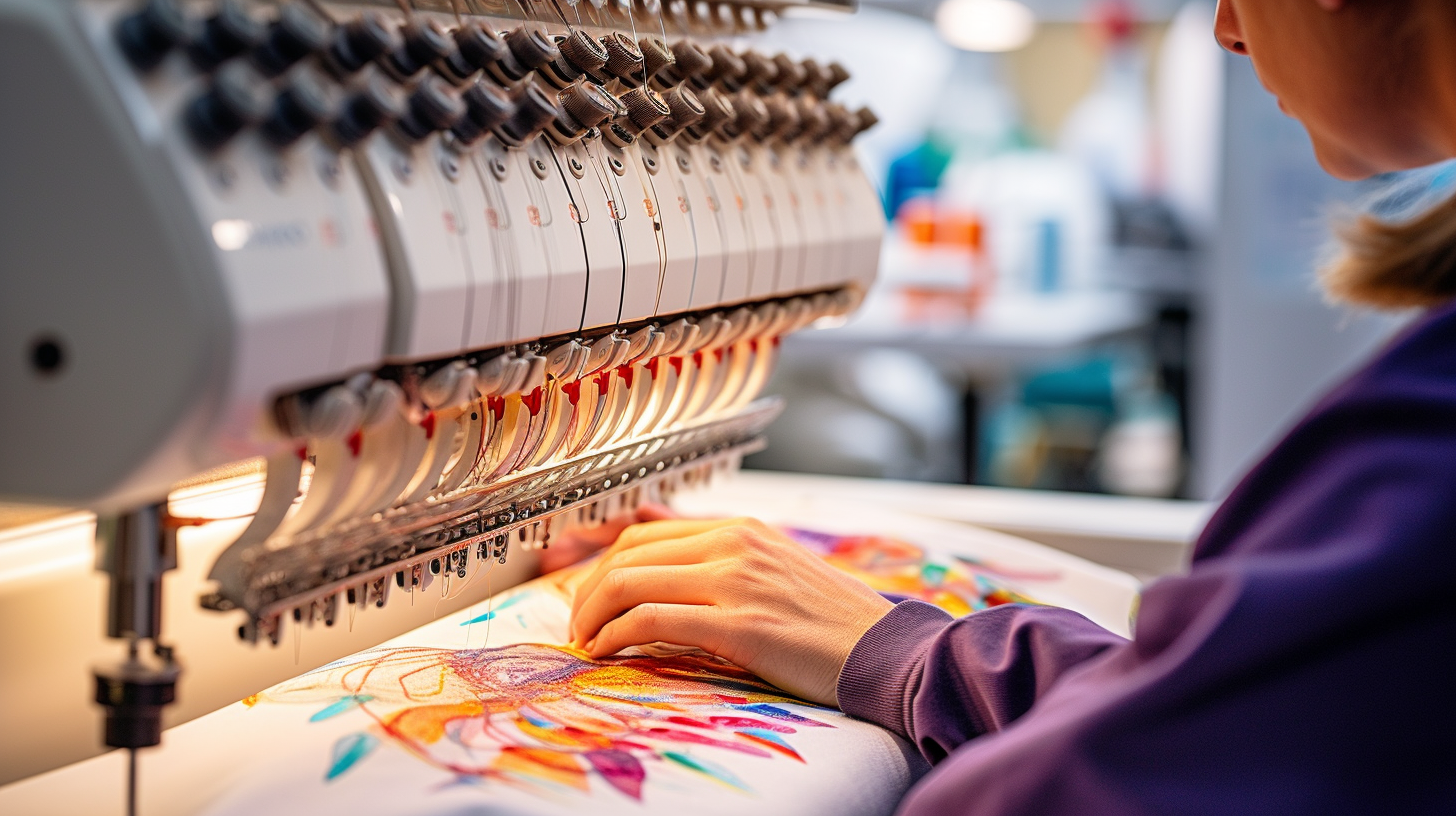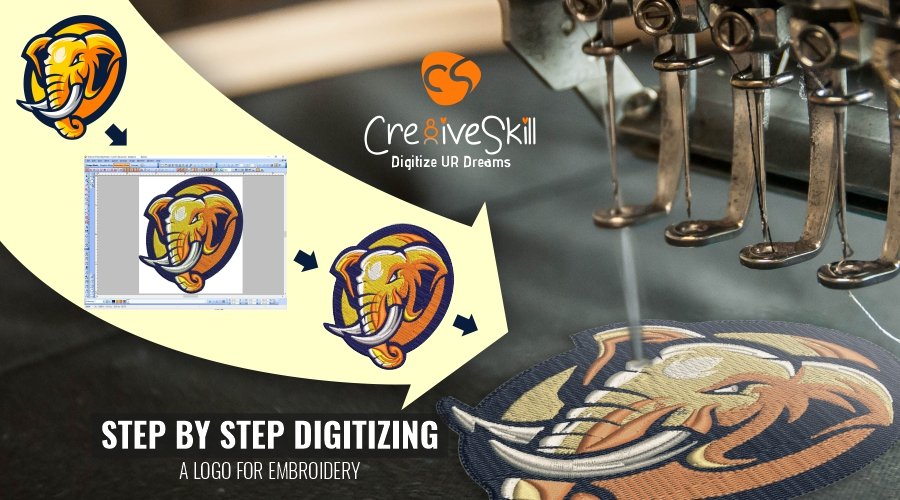Discover Different Kinds Of Needlework Digitizing Methods
Needlework digitizing has actually developed dramatically over the years, using a myriad of methods to bring layouts to life in the digital realm. The world extends to a lot more innovative strategies like photorealistic needlework digitizing and the interesting realm of 3D needlework digitizing.
Traditional Hand Needlework Digitizing
Typical hand needlework digitizing includes the process of transforming intricate hand-stitched styles into digital layouts for device needlework. This technique requires knowledgeable artisans to diligently analyze the handmade design and afterwards use specialized software application to recreate it in an electronic style. Each stitch, shade, and detail has to be very carefully translated to ensure that the essence of the original hand embroidery is protected in the electronic version.
One of the essential obstacles of conventional hand needlework digitizing is catching the ins and outs and subtleties of the handmade design. Digitizing for Embroidery. Artisans should have a deep understanding of different embroidery techniques, such as satin stitch, chain stitch, and French knots, to properly duplicate these methods in the digital realm. Additionally, they need to have an eager eye for information to make certain that the electronic style preserves the exact same degree of virtuosity and workmanship as the initial hand-stitched item
Punching Method
To perfectly shift from typical hand needlework digitizing to the punching technique, artisans have to now concentrate on converting the complex digital designs right into instructions that needlework machines can interpret. The punching strategy involves making use of specialized software to create electronic files that contain commands for the embroidery maker to comply with. This process needs a deep understanding of not just the style itself however additionally the capacities and constraints of the embroidery device.

Auto-Digitizing Software Application Programs
Embroidery digitizing has actually been revolutionized by the development of auto-digitizing software program programs, supplying craftsmens with advanced tools to convert digital styles into needlework maker guidelines successfully. Auto-digitizing software application utilize algorithms to evaluate digital photos or vector documents and generate needlework styles instantly. These programs permit quick and precise conversion of complex layouts right into stitch patterns, saving effort and time for embroiderers.
One of the vital advantages of auto-digitizing software application is its user-friendly user interface, making it obtainable to both novices and seasoned digitizers. These programs often include attributes such as stitch editing tools, thread shade matching, and the capacity to preview the final embroidered layout. Additionally, auto-digitizing software application can handle intricate styles with several additional resources shades and elaborate details, generating high-quality needlework files suitable for various apparel and textile tasks.
While auto-digitizing software supplies comfort and efficiency, it is important for customers to comprehend the constraints of automated digitizing. Fine-tuning and hands-on changes may still be required to accomplish the desired needlework quality, specifically when managing complex or special layouts. By leveraging the abilities of auto-digitizing software program together with manual digitizing methods, artisans can boost their embroidery digitizing process and develop sensational stitched pieces.
Photorealistic Needlework Digitizing
Utilizing advanced digital imaging techniques, attaining photorealistic results in needlework digitizing has become a sought-after ability amongst contemporary craftsmens. This method entails transforming high-resolution photos into detailed stitch patterns that very closely simulate the original layout, resulting in embroidery pieces that display lifelike information and deepness.
To achieve photorealistic embroidery digitizing, craftsmens should possess a keen eye for detail and a comprehensive understanding of how various stitch types and thickness can influence the final outcome. By thoroughly mapping out each color and shade in the image, embroiderers can create an electronic data that overviews the embroidery equipment to reproduce the nuances of the original picture accurately.
Photorealistic needlework digitizing is particularly popular in developing customized layouts for clothing, home decoration, and art items where recording the essence of why not check here a photograph or artwork is critical. This technique permits craftsmens to change memories, landscapes, pictures, and detailed artwork into sensational stitched work of arts that display a mix of traditional craftsmanship and advanced innovation.
3D Needlework Digitizing
With the advancement of electronic imaging strategies in accomplishing photorealistic cause needlework digitizing, the expedition of 'D Embroidery Digitizing' uses a brand-new dimension to the complexities of design replication. 'D Embroidery Digitizing' refers to the three-dimensional digitizing strategy that includes deepness and texture to needlework styles, producing a much more realistic and aesthetically enticing end product. This technique makes use of software that mimics the impact of light and shadow on the embroidery design, improving its total visual effect.
Among the key benefits of 'D Needlework Digitizing' is its capability to make styles look more realistic and vibrant. By adding deepness to the embroidery design, the end product appears much more reasonable and captivating (Digitizing for Embroidery). In addition, this method permits even more innovative freedom in design execution, enabling embroiderers to experiment anchor with different structures and results that were previously challenging to attain
Verdict
